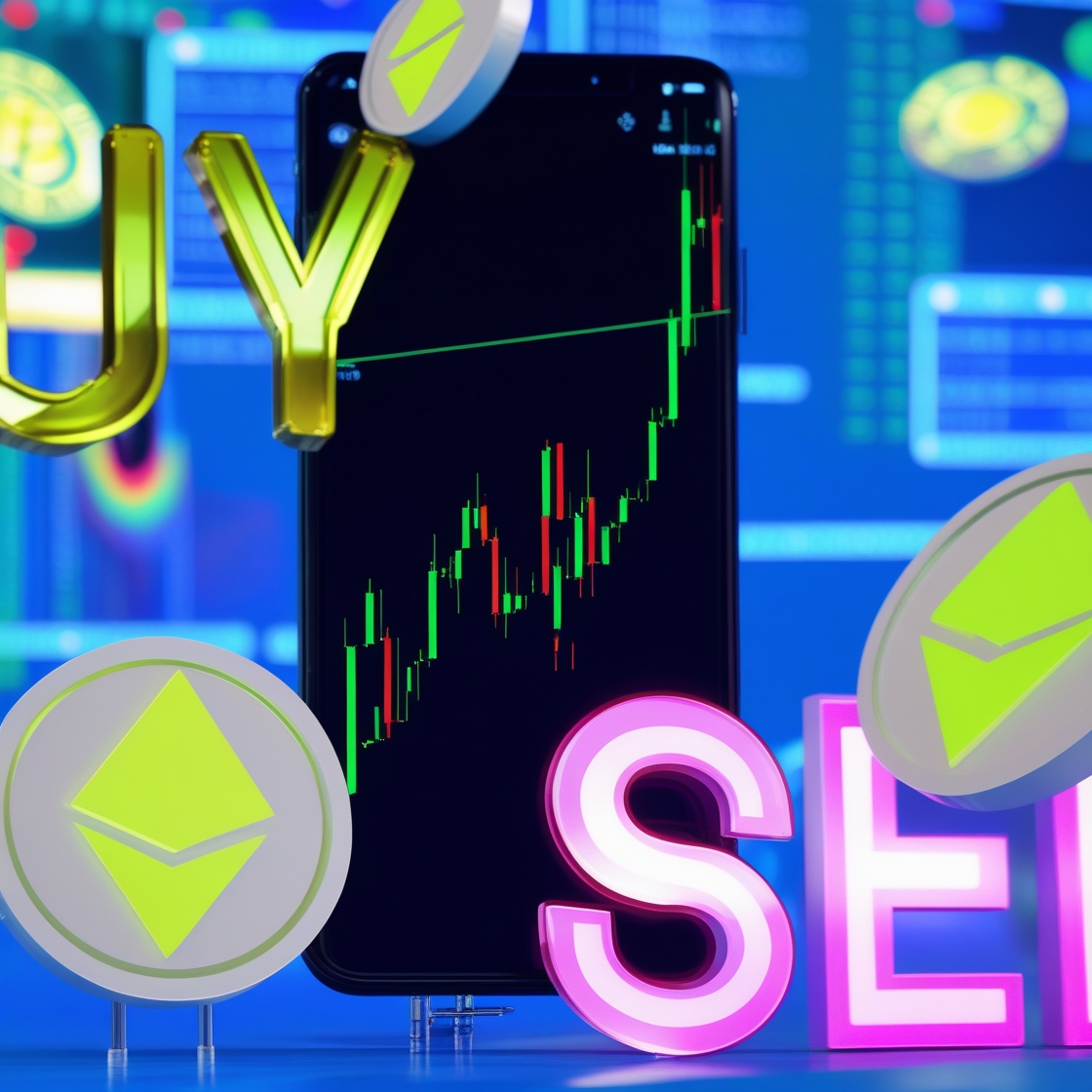Cryptocurrency is no longer just a buzzword; it is a global phenomenon and an up-and-coming market. Hyped by stories of modest investments resulting in huge profits, cryptocurrency trading has increasingly become popular over the years. However, as a newcomer, it is somewhat intimidating to dive into the vast world of cryptocurrency trading. The terms alone—”blockchain,” “wallets,” and “market analysis”—have technical and complicated sounds to them.
Fear not—this guide will break everything down into simple, actionable steps. By the end of this post, you’ll know how cryptocurrency trading works, how to make your first trade, and understand the strategies needed to succeed.
What is Cryptocurrency and Why is it Growing?
At its core, cryptocurrency is digital money designed to operate on technology called blockchain—a decentralized, highly secure ledger that tracks transactions. While Bitcoin and Ethereum are leading players in the market, there are over 18,000 different cryptocurrencies in existence today.
What makes cryptocurrencies so popular? Their decentralized nature removes banks and governments from financial transactions, empowering individuals with more control and transparency. Technology enthusiasts love its decentralized ethos, while investors are drawn to the high potential returns.
Now, if you are ready to get your feet wet in crypto trading, let’s get down to the basics.
Understanding the Basics of Cryptocurrency Trading
For a good trade of cryptocurrency, you need to understand what is happening. Here’s an explanation of the key concepts:
What is Cryptocurrency Trading?
Cryptocurrency trading is buying and selling digital coins or tokens on the open market for the purpose of yielding profits. The exchanges then provide a marketplace where persons can trade one cryptocurrency against another or against fiat currencies such as the USD or EUR.
Trading strategies can be anything from short-term options like day trading, making several trades within a single day, to long-term methods like HODLing, holding onto your investments for months or even years.
Different Types of Cryptocurrencies
While Bitcoin is the most well-recognized cryptocurrency, a number of alternatives are also picking up the pace, including Ethereum, Binance Coin, Cardano, and Litecoin, among others. Stablecoins are cryptocurrencies pegged to real-world assets, such as the US dollar, that offer less volatility than coins like Tether or USD Coin.
The key here is research: each cryptocurrency has its unique functions, use cases, and market behavior.
How It is Traded – Cryptocurrency
Cryptocurrencies are traded on a platform known as exchanges. Buyers place orders to buy coins at certain prices, and sellers place orders to sell. The exchange then matches these buyers and sellers. Prices change based on market supply and demand.
Trading also requires you to have a cryptocurrency wallet for storing your purchases. But more on that later!
How to Trade Cryptocurrency: A Step-by-Step Guide
1. How to Choose the Right Cryptocurrency Exchange
The very first step is choosing the right exchange—a platform that allows you to trade cryptocurrencies. Here are a few major options to consider:
- Coinbase: Easy to use for beginners.
- Binance: Great for advanced traders with lower fees.
- Kraken: Robust security and fiat-to-crypto options.
When choosing an exchange, consider the following:
- Security features: Look for two-factor authentication and encryption.
- Fees: Be aware of trading and withdrawal charges.
- Accepted payment methods: Options include credit cards, bank transfers, or PayPal.
2. Setting Up a Wallet
A cryptocurrency wallet is a software program that stores your digital assets in a safe place from potential hackers. The two main types of wallets include:
- Hot Wallets: These are online and always connected to the internet. Examples include MetaMask and Trust Wallet.
- Cold Wallets: These are offline devices, such as Ledger and Trezor. You should keep large holdings of cryptos on these, as it is much safer.
Pro Tip: Never share private keys or seed phrases.
3. Place Your First Trade
- Deposit Funds: Deposit crypto or fiat on your exchange of choice.
- Choose a Pair to Trade: Examples include Bitcoin/USD or Ethereum/BTC.
- Place Order:
- Market Order: Immediately buy crypto at current prices.
- Limit Order: Sets a specific price you’d like to buy or sell at.
That’s it—you’ve successfully traded cryptocurrency!
How to Trade Cryptocurrencies Successfully
Here are some foundational tips for confident trading:
Conduct Market Research and Analysis
- Read financial news about cryptocurrency.
- Follow cryptocurrency trends.
- Study trading charts. Tools like CoinMarketCap and TradingView provide real-time data and market insights.
Manage Your Risk
- Invest no more than what you can afford to lose in cryptocurrency. The crypto market is highly volatile.
- Diversify your investment—spreading your funds across different cryptocurrencies minimizes risks.
- Use Stop-Loss orders in trading platforms to automatically exit a position if the price falls below a set level.
Keep Your Investments Safe
Security is vital in the cryptocurrency world:
- Use exchanges with strong security measures.
- Enable two-factor authentication on all your accounts.
- Store long-term investments in cold wallets to reduce hacking risks.
Future of Cryptocurrency Trading
The cryptocurrency market represents a whole new world of opportunities and challenges at an enormous growth rate.
Trends Within the Cryptocurrency Market
- DeFi (Decentralized Finance): Platforms like Uniswap and Compound allow users to trade and earn interest in a decentralized manner.
- NFTs: Unique crypto assets representing art, music, or collectibles are redefining ownership.
Opportunities and Challenges
- Opportunities: AI-powered trading algorithms drive efficiency.
- Challenges: Growing government regulations demand attention. Stay updated on both innovation and compliance to remain competitive.
Beyond the First Trade
Trading cryptocurrency is a continually perfecting art. By implementing this guide, you will be taking the first step in creating profitable habits and making informed decisions.
Resources for Further Education
- Stay updated by following leading crypto news platforms like CoinDesk or CryptoSlate.
- Take free online courses on platforms like Coursera or Khan Academy to understand blockchain technology.
- Join a community of enthusiasts: participate in forums, follow threads on Reddit, and subscribe to podcasts.
Conclusion and Call to Action
Ready to take control of your money and invest in the future frontier? Start trading cryptocurrency today and hone your skills for the evolving market.
For more guides and tools on safe cryptocurrency trading, subscribe to our newsletter—your key to crypto success.

